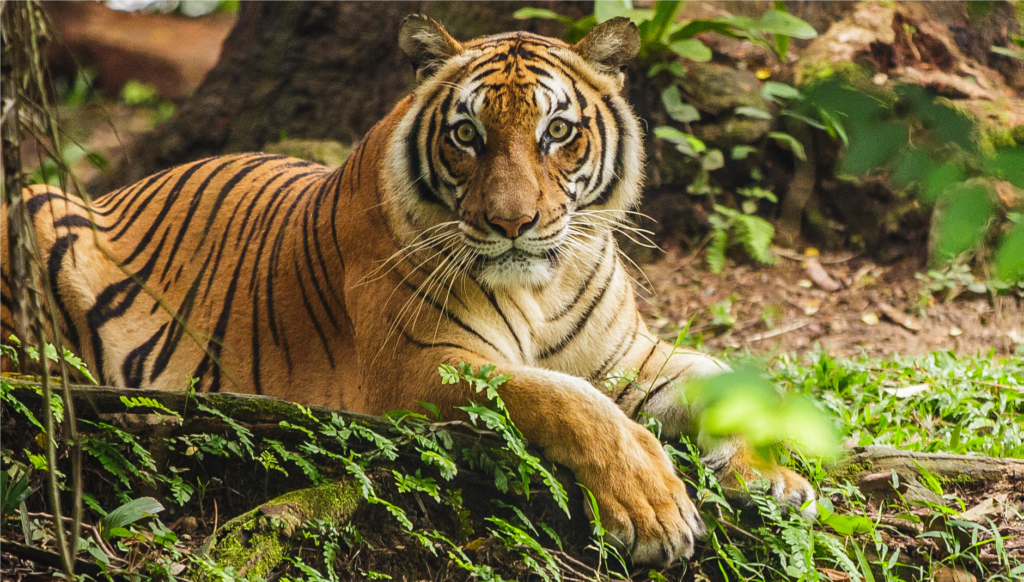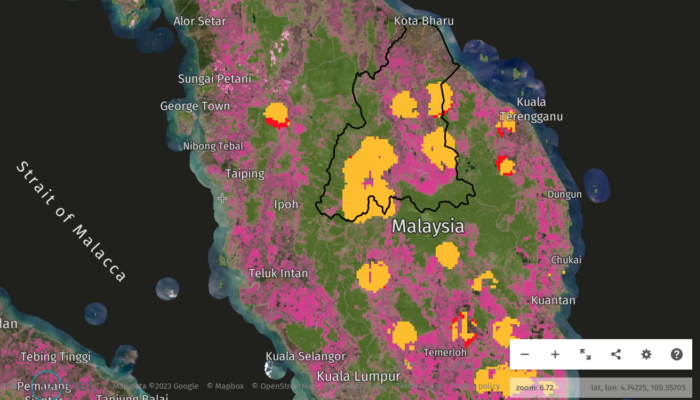
The following is a press statement from the Member Parliament for Bukit Bendera, Syerleena Abdul Rashid. The statement has been published in its entirety.
Is Malaysia willing to sacrifice our national icon?
In the heart of Malaysia’s verdant landscapes, the Malayan tiger stands as a symbol of our nation’s rich biodiversity and cultural heritage. With fewer than 150 individuals remaining in the wild, the Malayan tiger, our national pride and heritage, stands at a perilous crossroads and teeters on the brink of extinction.
Yet, recent developments reveal plans for a gold mining project spanning approximately 145 football fields within the Gua Musang forest complex in Kelantan—an area that serves as a critical habitat for these endangered tigers.
This situation compels us to reflect deeply on our national priorities. Are we prepared to sacrifice our natural heritage and the very identity embodied by the Malayan tiger for short-term economic gains? The proposed mining activities not only threaten the survival of this iconic species but also pose significant risks to the delicate ecosystems that sustain countless other forms of life.
We need only look to the Grasberg mine in Papua, Indonesia, to understand the profound environmental consequences of such ventures. There, the disposal of approximately 200,000 tonnes of mining waste daily into both the Otomina and Ajkwa River has led to extensive ecological degradation, including forest inundation and the contamination of vital water bodies. This example serves as a stark reminder of the long-term costs associated with prioritizing industrial exploitation over environmental stewardship, which raises the question – can we ensure that Malaysia will not suffer the same fate?

As stewards of our nation’s future, we must ask ourselves: Are we truly committed to preserving the unique biodiversity that defines Malaysia? Can we, in good conscience, endorse activities that may lead to the extinction of a species so integral to our cultural and natural identity? It is imperative that we strike a harmonious balance between economic development and environmental conservation. By exploring sustainable alternatives and enforcing stringent environmental safeguards, we can ensure that our progress does not come at the expense of our irreplaceable natural treasures.
The Malayan tiger is more than just a wildlife species; it is a national emblem that reflects the health of our environment and the legacy we leave for future generations.
We claim to value sustainability. We boast of conservation efforts. We speak of balance between progress and preservation. But when the moment comes to make a choice, do we stand firm, or do we cave to the promise of profit?
This is a defining moment for Malaysia. We can either be the generation that let our national ic
This is a defining moment for Malaysia. We can either be the generation that let our national icon fade into oblivion, or the one that fought to protect it. The Malayan tiger is more than just an animal—it is our identity, our spirit, our legacy.
So, what will we choose?